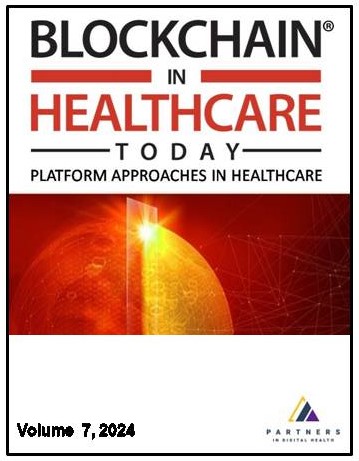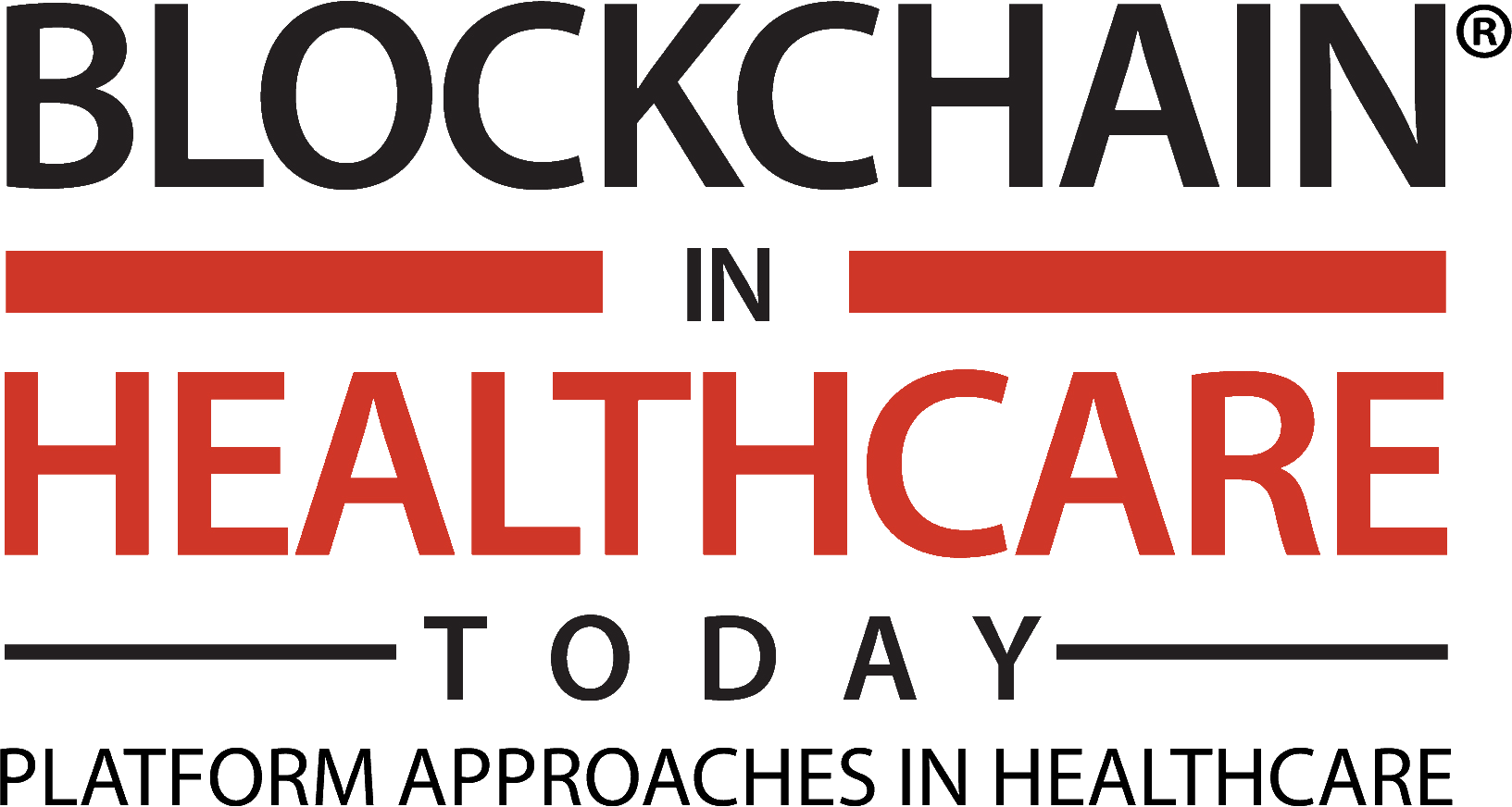
Additional files
More articles from Volume 7, Issue 3, 2024
Tracing the Blockchain Challenges in Healthcare: A Topic Modeling and Bibliometric Analysis
Leveraging Blockchain and AI for Pharma Supply Chain Efficiency
Systematic Review of Usability Factors, Models, and Frameworks with Blockchain Integration for Secure Mobile Health (mHealth) Applications
A Secure and Reliable Fog-Enabled Architecture Using Blockchain With Functional Biased Elliptic Curve Cryptography Algorithm for Healthcare Services
Ethics of Blockchain by Design: Guiding a Responsible Future for Healthcare Innovation
Article views
Leveraging Blockchain and AI for Pharma Supply Chain Efficiency

Abstract
The presentation discusses the potential of blockchain and AI to revolutionize the pharmaceutical supply chain. The author, with a rich history in healthcare technology, highlights the inefficiencies and challenges faced by the industry, particularly in areas like drug discovery, manufacturing, and distribution. Blockchain technology, with its ability to create immutable records, can enhance transparency, traceability, and security across the supply chain. This can help in tracking the journey of drugs from raw materials to the final product, reducing the risk of counterfeiting and ensuring quality. AI, on the other hand, can optimize various processes, such as drug discovery, clinical trials, and supply chain logistics. By analyzing vast amounts of data, AI can identify patterns, predict trends, and make informed decisions. This can accelerate drug development, improve manufacturing efficiency, and optimize inventory management. The integration of blockchain and AI can create a powerful synergy, leading to significant improvements in the pharmaceutical supply chain. This includes enhanced patient safety, reduced costs, and faster time-to-market for new drugs. The presentation provides a concise view of the health care supply chain processes and discusses AI patterns such as RAG, GAM and Fine-Tuning methods such as LoRA and QLoRa that can help in building trust in the supply chain.
Keywords
Citation
Copyright
This is an open access article distributed under the Creative Commons Attribution License which permits unrestricted use, distribution, and reproduction in any medium, provided the original work is properly cited.
Article metrics
The statements, opinions and data contained in the journal are solely those of the individual authors and contributors and not of the publisher and the editor(s). We stay neutral with regard to jurisdictional claims in published maps and institutional affiliations.

